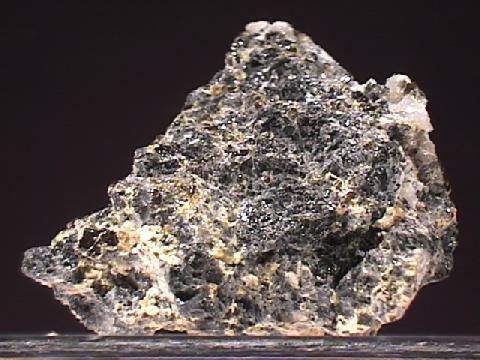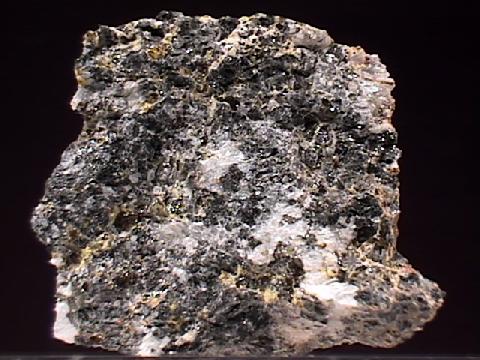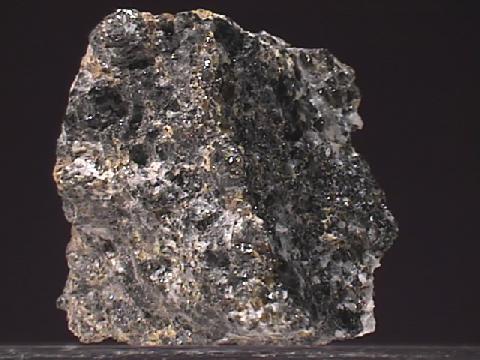 THE
MINERAL THOROGUMMITE
THE
MINERAL THOROGUMMITE
- Chemistry: (Th, U)2(SiO4)(2 - X)(OH)4X, Thorium Uranium Silicate Hydroxide.
- Class: Silicates
- Subclass: Nesosilicates
- Uses: As a very minor ore of thorium and uranium and as mineral specimens.
Specimens
Thorogummite, once considered a variety of thorite, is actually a product of the alteration of thorite, (Th, U)SiO4. This alteration of thorite is caused by hydration facilitated by metamictation. Because thorite is highly radioactive, specimens are often metamict, a condition found in radioactive minerals resulting from the destructive effects of its own radiation on its crystal lattice. The effect can destroy a crystal lattice completely while leaving the outward appearance unchanged. During this process, hydration of the structure can occur, in this case forming a new mineral, thorogummite!
Thorogummite has varying amounts of SiO4 tetrahedrons that are replaced by four hydroxides. This can be represented with several different formulas. The formula that is used here:
(Th, U)2(SiO4)(2 - X)(OH)4X
The X represents the conversion of one silicate tetrahedron with a negative four charge (-4) to four hydroxides with a negative one charge (-1) each. So that if half the silicate tetrahedrons are replaced by the four hydroxides, where X = 1, the formula would look like this:
(Th, U)2SiO4(OH)4
Often, thorogummite's formula is written like this:
(Th, U)[SiO4, (OH)4]
This formula also reflects the substitution of hydroxides for silicate tetrahedrons.
Thorogummite is a very minor ore of thorium due to its association with
thorite. However, the primary thorium ore is not thorite but the
phosphate
mineral monazite.
It has an average of about 6% thorium in its composition that includes
several rare earth elements. Enough monazite is mined to supply most of
the current thorite demand. Other thorium bearing minerals includes, but
is not limited to,
Specimens of thorite, and therefore thorogummite, generally come from igneous pegmatites and volcanic extrusive rocks, hydrothermal veins and contact metamorphic rocks. Because this is an alteration product, thorogummite does not form well shaped crystals unless the outward morphology of the thorite crystal is left intact. In these cases the specimen is in reality a pseudomorph (pseudo = false, morph = shape) of thorite. Remember, this is a radioactive mineral and should be stored away from other minerals that are subject to damage from radioactivity and of course human exposure should be limited !
PHYSICAL CHARACTERISTICS:
- Color is pale yellow or white.
- Luster is earthy.
- Transparency: Specimens are opaque.
- Crystal System is tetragonal; 4/m 2/m 2/m
- Crystal Habits include earthy masses and pseudomorphs of thorite which are short prismatic crystals with a square cross-section and simple pyramidal terminations.
- Cleavage is absent.
- Fracture is earthy.
- Hardness is 1
- Specific Gravity is 4.1 - 4.5.
- Streak is pale yellow to white.
- Other Characteristics: Always metamict and strongly radioactive.
- Associated Minerals include quartz, feldspars, thorite, biotite and betafite.
- Notable Occurrences are found at Langesundfjord, Norway and other thorite localities.
- Best Field Indicators are color, luster, association with thorite and radioactivity.





